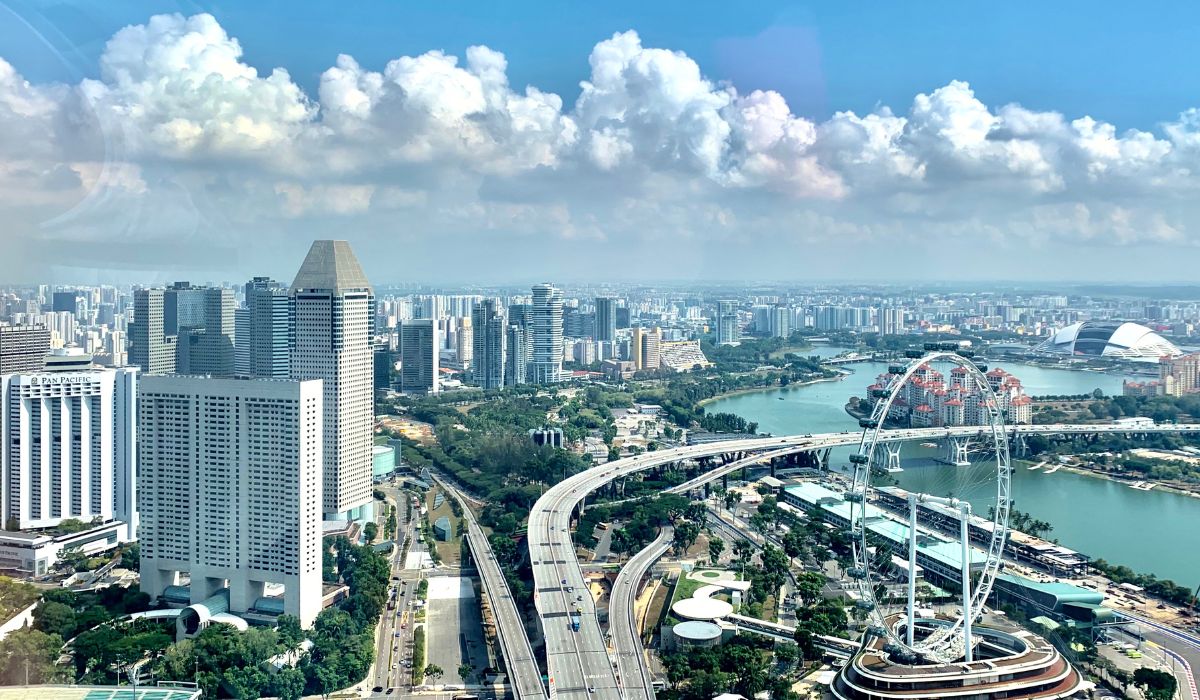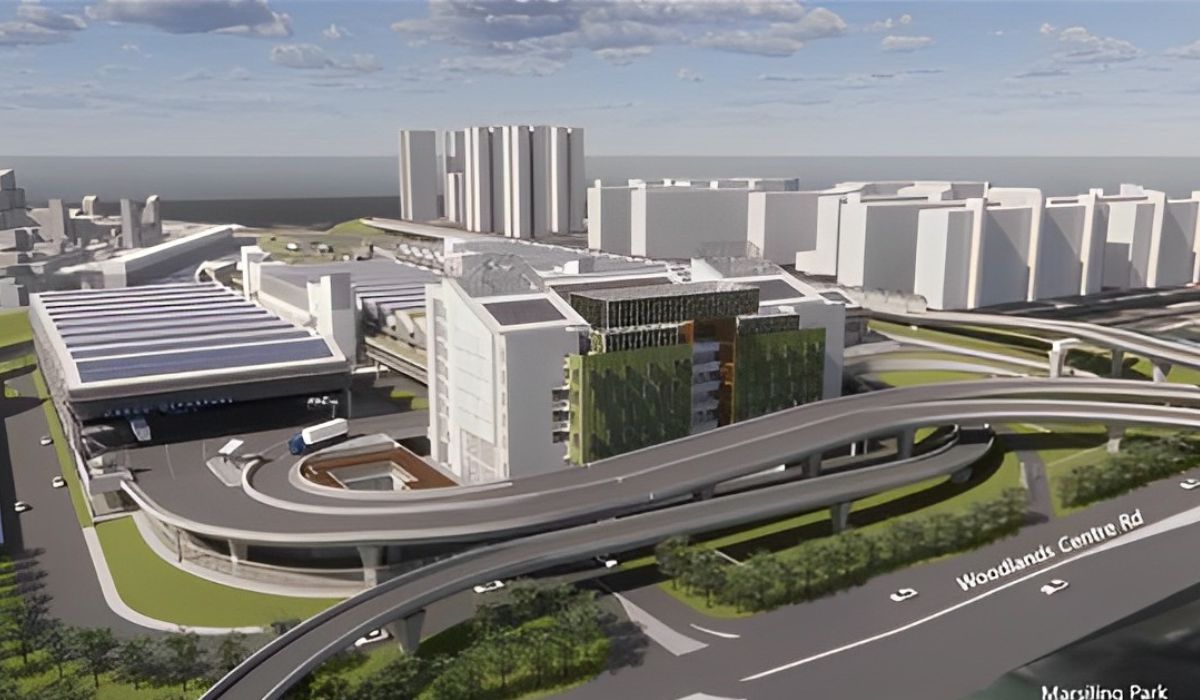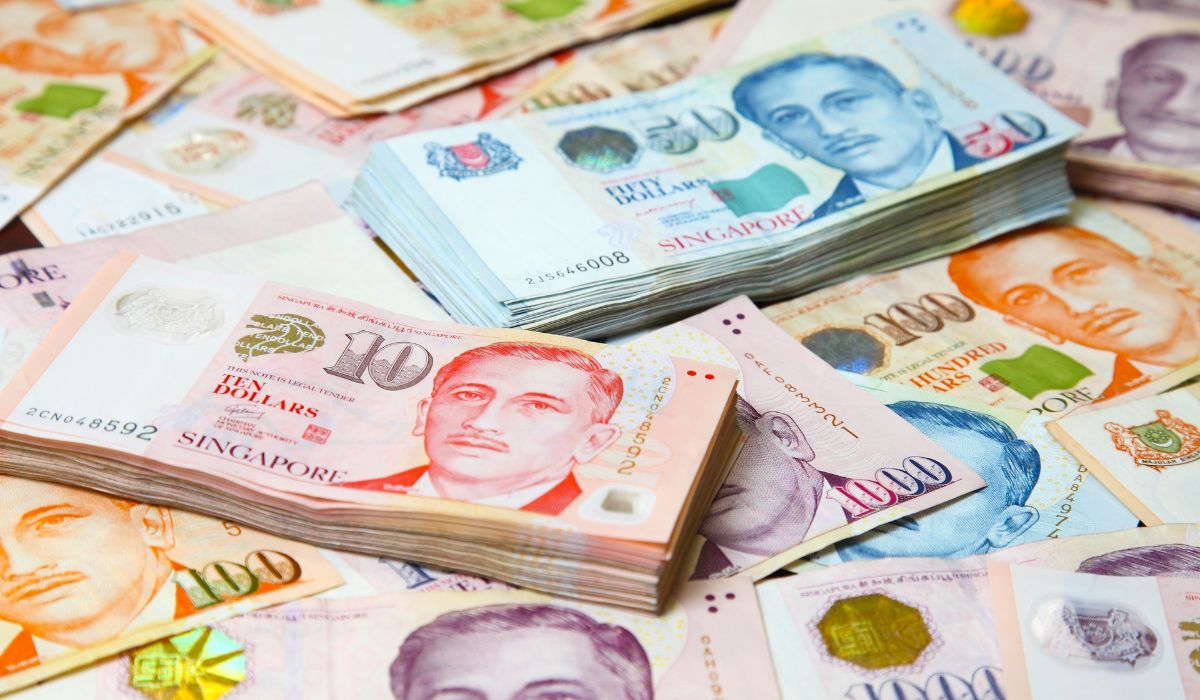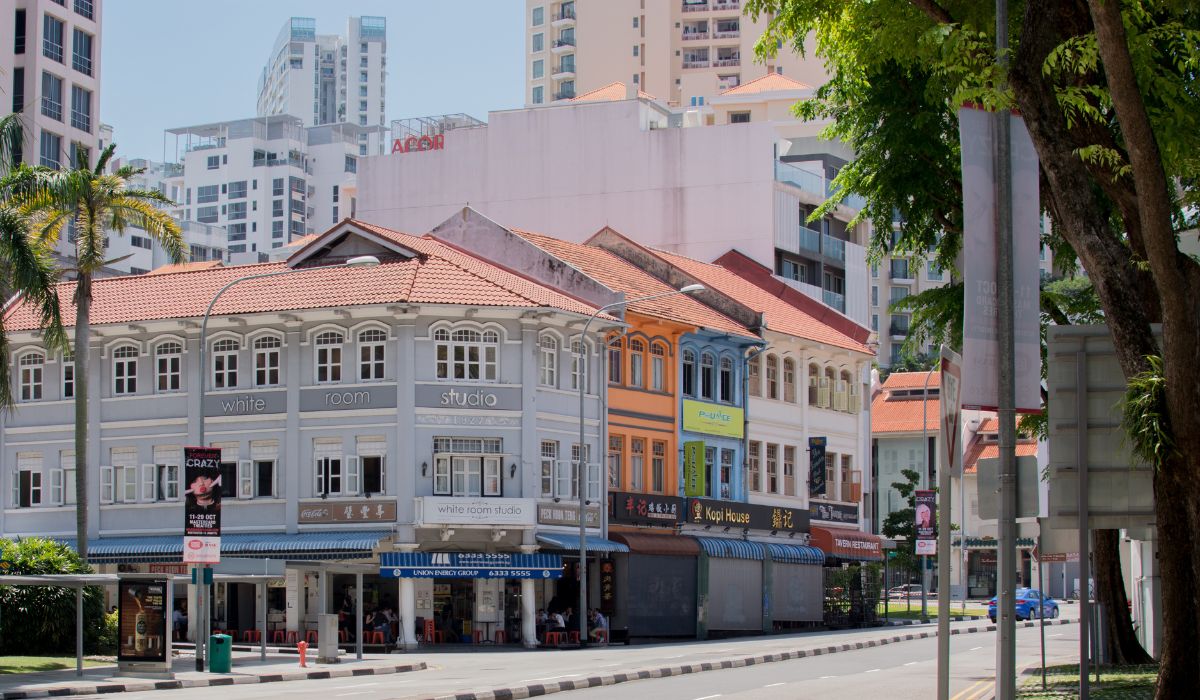Local produce is 30% more expensive than imports
Singapore consumers have tons of choices when it comes to produce, with the country importing 90% of its food. Despite local farmers growing their crops, limited farmland and high labour costs are causing vegetable prices to soar higher.
But are local consumers ready to spend more to buy local?
“That’s the million-dollar question that the whole industry is trying to figure out, including the government,” said Ong Kai Hian, executive director of local farm Meod.
According to farmers, local vegetables cannot match imported vegetable prices even if production goes up. However, building the capacity to grow vegetables is important for the long term as the global food supply faces issues due to climate change.
Singapore aims to produce 30% of the country’s nutritional needs by 2030. There will also be upcoming infrastructure developments to help the high-tech agrifood cluster.
“This is about buying insurance against systemic food supply disruption, so that future generations are in a better place with food security,” Fu had said, urging consumers to support local farms and F&B businesses that use local produce.
“Local produce may cost more but is more reliable and fresh … by building up our local food production today, we are gaining food security for tomorrow.”
In February, an industry-led alliance supported by the Singapore Food Agency was set up to help with the demand for local products through education.
A bright red “SG Fresh Produce” was also rolled out in 2020 to help consumers identify local produce when shopping. Not only that, but retailers are encouraged to sell more local produce, both online and in-store.
“If people don’t buy local, the farmers have no incentive to grow more,” said director Kenny Eng, who turned local produce into ready-to-eat products such as gelato and soups.
According to a Singapore Food Statistics report released last month, just 3.9% of vegetables consumed in the country last year were locally grown. Last year, it was 4.3%.
Many farms have also closed or moved due to COVID-19. For instance, Quan Fa Organic Farm failed to secure agricultural land in government tenders a few years ago so it downsized and moved to Kranji.
Rising material and energy costs brought about by the Russia-Ukraine conflict also affected farmers.
“There were times when the electricity rates were so high that the more we grew, the more the company lost,” said Lee Yuan Hao of GKE Agritech.
Local farms cannot match the cheap prices of imports if high energy and manpower costs continue.
“I continuously see many more farms shutting their doors in the last two, three years. Even those that are surviving, maybe the slightly larger ones or the ones that are well-funded, they are also finding it difficult to maintain the operations,” said Nichol Ng, an advocate for local produce.
One way to move forward is through promoting cooperation among local farm players.
“When you look at Australia or even in France, for example – they have this co-op mentality … They will band together to ensure that they survive, but in Singapore we have not managed to achieve that yet,” said Ng.
More from OMY: 2.5 million Singapore to receive cost of living relief payments







